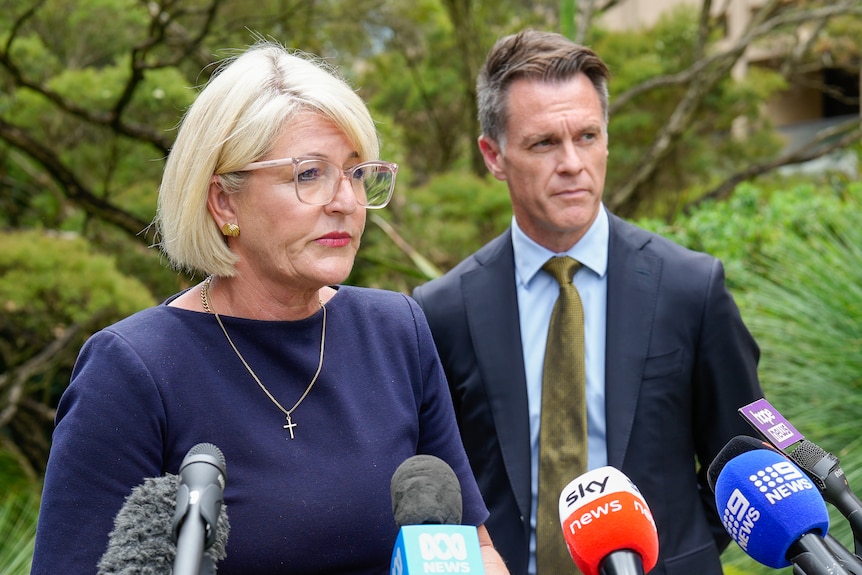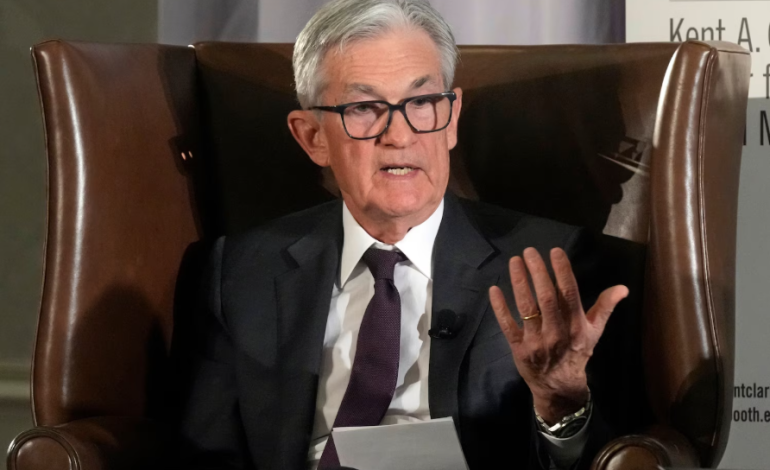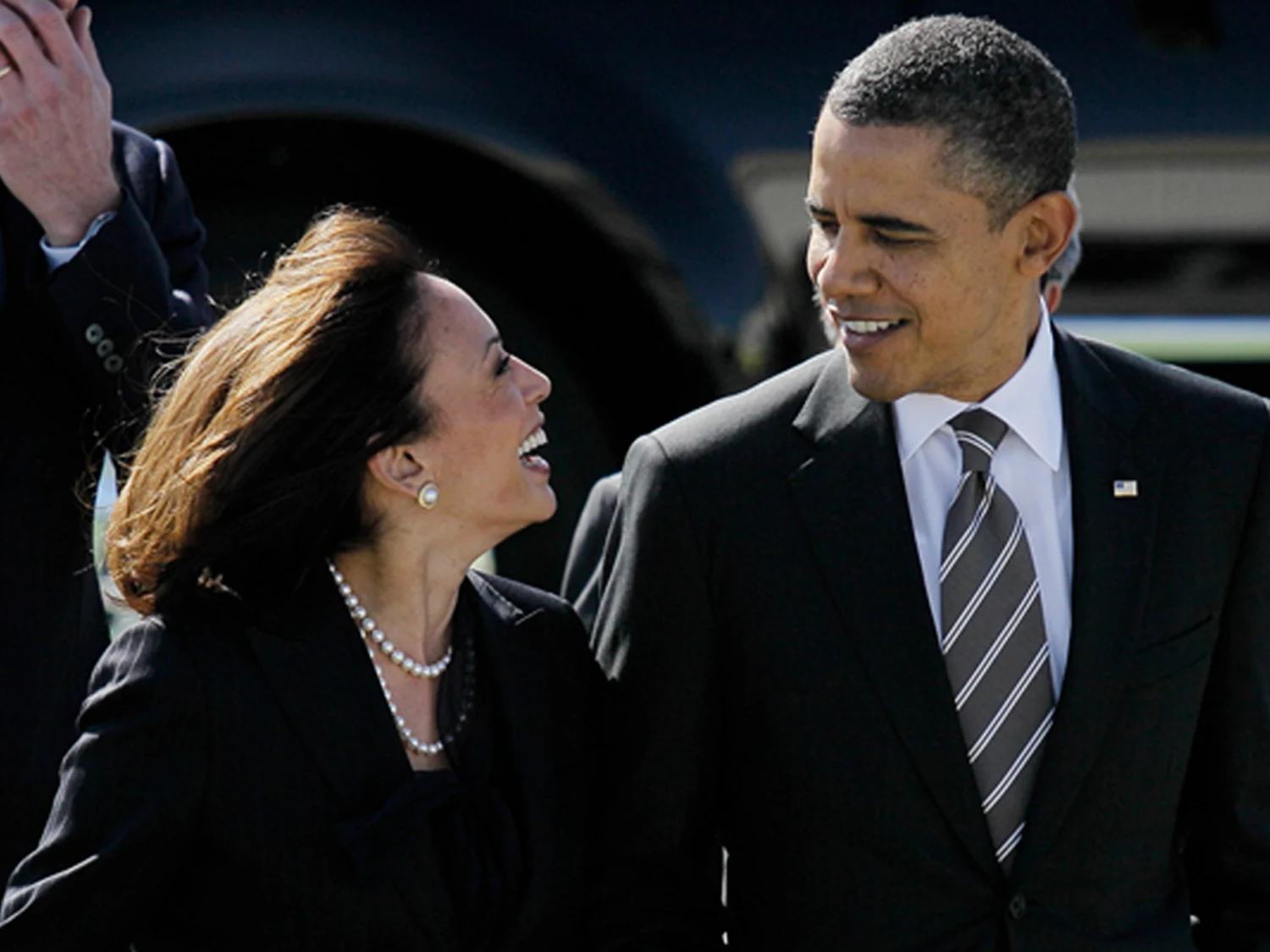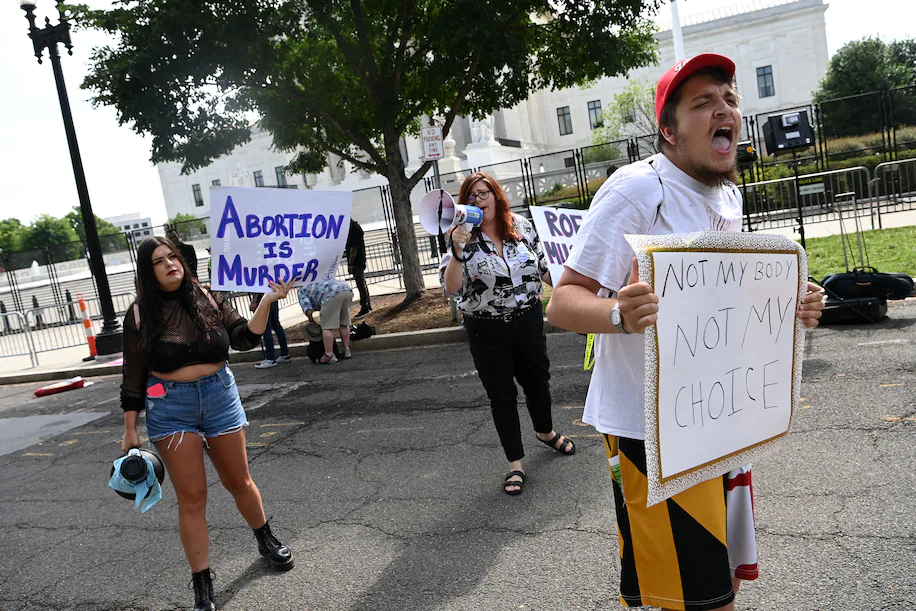As financial markets await the Federal Reserve’s latest decision on interest rates, uncertainty looms over the central bank’s influence on the broader economy.
While the Fed traditionally plays a key role in shaping economic policy through interest rate adjustments, some analysts question whether it still holds primary control amid shifting dynamics under the Trump administration.
The Fed’s two-day policy meeting concludes on Wednesday, with economists expecting no changes to the current interest rate range of 4.25% to 4.5%. However, the central bank’s outlook and signals about future rate cuts will be closely scrutinized. Markets have been anticipating at least two rate cuts this year, but concerns remain that the Fed’s ability to steer economic policy has been diminished.
According to Thierry Wizman, a global foreign exchange and rates strategist at Macquarie, the central bank may have ceded control of macroeconomic policy to the Trump administration. Since taking office, President Trump has pursued policies—including tariffs, government spending cuts, and immigration reforms—that could significantly impact the economy. The lack of clarity surrounding these policies has added to market volatility.
Steven Blitz, chief US economist at GlobalData TS Lombard, suggests that the primary economic concerns are not directly tied to interest rates. Instead, the administration’s approach to economic management may be introducing new challenges. The White House, he argues, appears more willing to tolerate market turbulence and potential economic slowdowns as part of a broader economic restructuring strategy.
The prospect of a recession has added another layer of uncertainty. Treasury Secretary Scott Bessent recently acknowledged that while there are no guarantees of a downturn, it remains a possibility. Market analysts are closely watching inflation trends, which could be affected by ongoing trade policies, particularly tariffs. If inflation remains high, the Fed may struggle to justify rate cuts, further complicating its policy direction.
Another key focus of Wednesday’s announcement will be the Fed’s “dot plot,” a projection of interest rate expectations from its policymakers. In December, most officials anticipated two rate cuts in 2025, though some analysts now believe that expectation could be revised downward. Given the Trump administration’s economic policies, including aggressive tariffs, the Fed may need to adjust its approach if inflationary pressures persist while growth slows.
As the global trade environment remains uncertain, the Fed faces a complex balancing act. Past instances of tariff-driven economic disruptions, such as those seen in 2019, prompted the central bank to cut rates as a precaution. However, this time, higher inflation levels and a less predictable policy environment may limit its options.
Beyond interest rates, the Fed is also monitoring its balance sheet strategy, particularly in light of ongoing debates over government debt and spending. The central bank has been gradually reducing its holdings of Treasury and mortgage-backed securities, but any disruption in liquidity could prompt a reevaluation of that strategy.
The New York Times, ABC News, USA Today, and Business Insider contributed to this report.










The latest news in your social feeds
Subscribe to our social media platforms to stay tuned